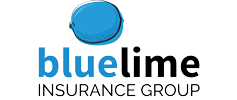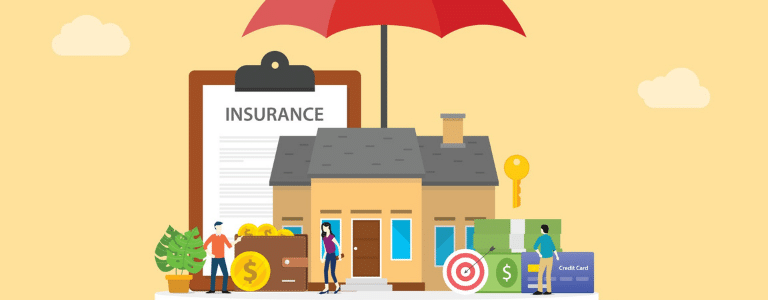Every association has different membership levels, assessment amounts, delinquency rates, and environmental pressures. Despite the different contexts all communities find themselves in, most board members would agree on one thing: budget constraints represent the greatest challenge of association management.
One way board members may cope with budget challenges is to underinsure or self-insure their communities. While we at Blue Lime understand why board members gravitate to this strategy in the short-term, underinsuring or self-insuring can increase an association’s long-term challenges.
To help promote a community where board members can go to bed at night confident that their association is well-protected and financially secure, let’s talk about the dangers of underinsuring or self-insuring, how to prevent underinsuring, and how to reduce your overall risk.
Self-Insurance
Self-insurance is when an association opts out of an insurance policy and instead chooses to cover any event out of pocket.
You are considered self-insured if your association falls into these categories:
- If an HOA has a policy with a large void.
A void is an element in an insurance contract that renders it without legal effect (in other words, it becomes unenforceable). According to Irmi’s website, “a number of actions on the part of the insured can render coverage under an insurance policy void.”
Associations with large voids are essentially self-insured, since you are unlikely to receive money when it comes time to file a claim.
- If you have coverage for some areas of your association (a Directors’ and Officers’ policy, for example) but not for other areas (for example, an umbrella policy).
This article here can give you a good overview of the types of insurance your association likely needs. At minimum, you likely need at least workers’ compensation insurance with volunteer endorsement, commercial property insurance, flood insurance, commercial crime insurance, commercial general liability insurance, directors’ and officers’ insurance (D&O) liability insurance, and umbrella liability insurance.
An insurance expert more familiar with your association’s personal context will be able to tell you more about the types of insurance your association needs.
Additionally, while it is likely your state and governing documents require a minimum level of insurance, it’s important to check regularly to make sure the level of expected insurance in your governing documents accurately reflects your property’s current value.
If any updates have been made since the governing documents were written, there’s a solid chance your insurance minimums are not an accurate reflection of your association’s true needs.
- You have insurance, but regularly do not file claims for issues.
Typically, an association may choose to not file for several reasons: either the event would fall under the coverage but would be too small to kick in after the deductible or the association doesn’t file the claim because they believe it will raise their premiums more than if the association paid for the damage itself.
While it is possible that your premiums will rise or that you might have to file several claims before insurance covers your next event, you run the risk paying more in the long run: if you have a year where you could file multiple claims to reach your limit, then insurance would cover the rest. As a general rule, associations end up paying more when they follow the above strategy.
Underinsured
Being underinsured means an association has coverage, but the limits are not high enough to cover the full expense of a claim.
You can be fully insured in some policies, like your general liability policy, and underinsured in others, like your umbrella policy.
Another common way some associations underinsure themselves is through trying to leverage the co-insurance percentage in your current policy. Co-insurance is a penalty an insurer imposes for underreporting or under insuring the value of a property. You can find the co-insurance amount in the policy itself.
For example, let’s say your property is valued a $1,000,000, but is insured for $800,000 with an 80% coinsurance rate. If you experienced a $100,000 loss, you would likely only see a max of $80,000.
Many associations bank on hoping they have the funds to cover the co-insurance penalty when they eventually have to file a claim.
Prevent Insurance Gaps
There are several ways you can protect yourself from the pitfalls of self-insurance or underinsurance.
First, we recommend you reach to a qualified insurance agent to make sure your limits and insurance contracts adequately protect you.
Another good way to protect your association (and to cut costs) is to work with an insurance company that specializes in association-specific insurance coverage.
It’s generally a good idea to work with your insurance firm to see if there are any areas of your association facing an increased unnecessary level of risk that you can mitigate. Reducing the association’s chances of needing to file a claim can be a great strategy for saving money long-term. Most insurance companies send helpful information periodically and offer seminars you can attend. Board members can also reach out to their insurance agent for more information.
Finally, we recommend you work to have your policies and property audited to make sure your policies accurately reflect your needs.
We hope this advice on how to ensure your HOA is fully insured within your budget’s limitations has been helpful. If you have any questions on how to handle a claim, please reach out to us, and we’ll be happy to lend you some assistance.
